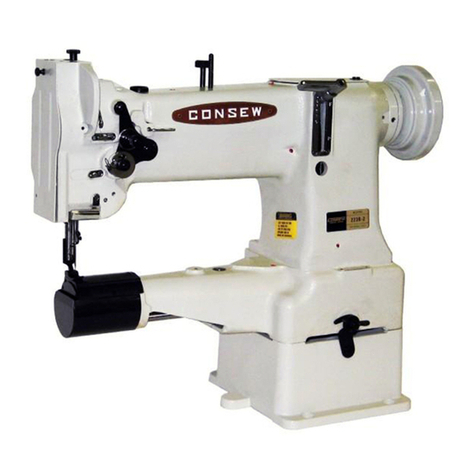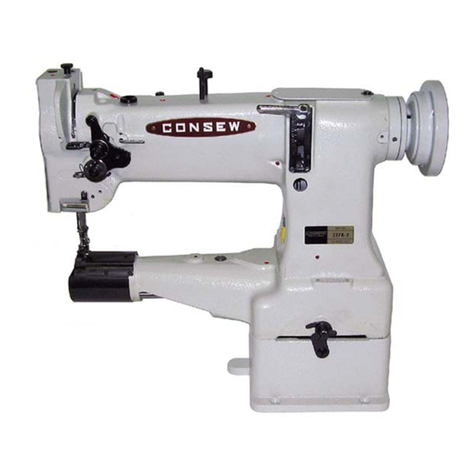Consew 7360RA TCWL (E) User manual
Other Consew Sewing Machine manuals
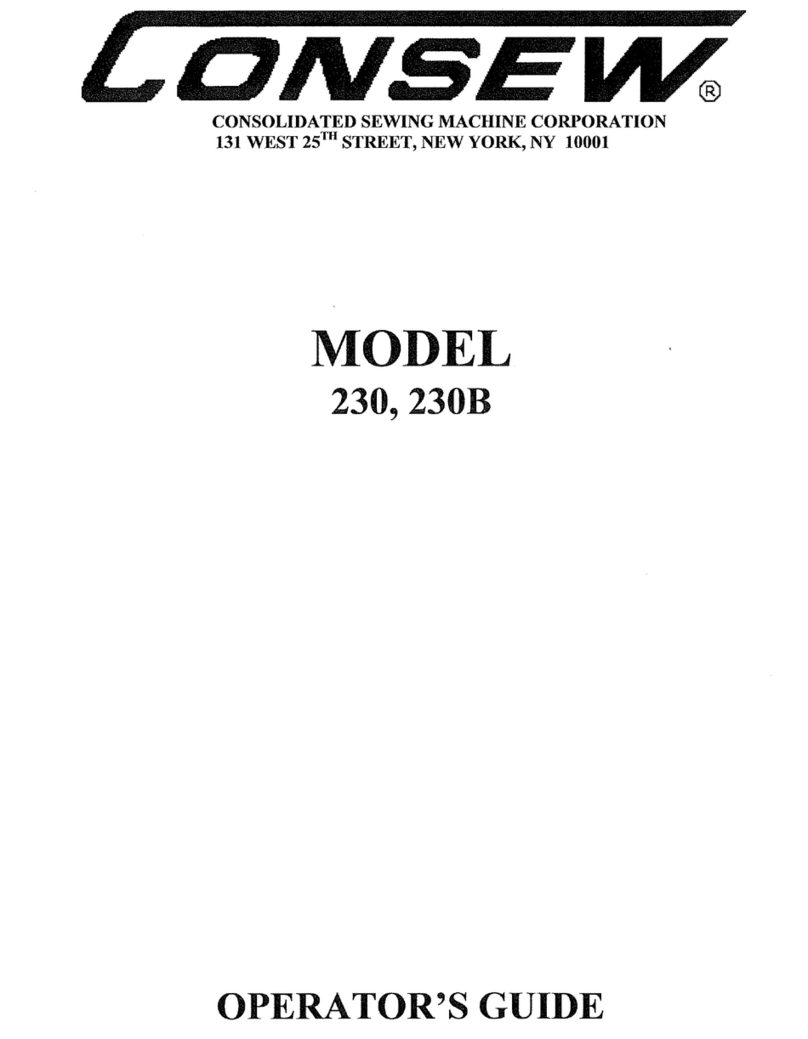
Consew
Consew 230 Manual

Consew
Consew 175 Manual

Consew
Consew 206RB-5 User manual
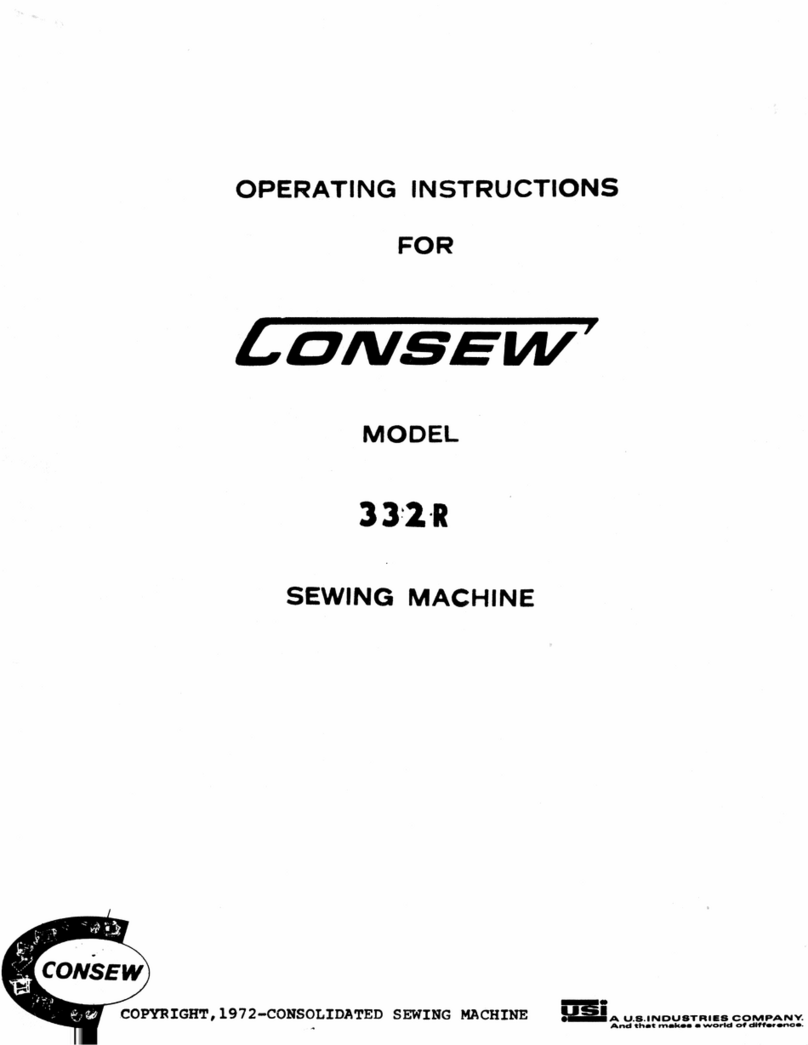
Consew
Consew 332R User manual

Consew
Consew 206RBL User manual
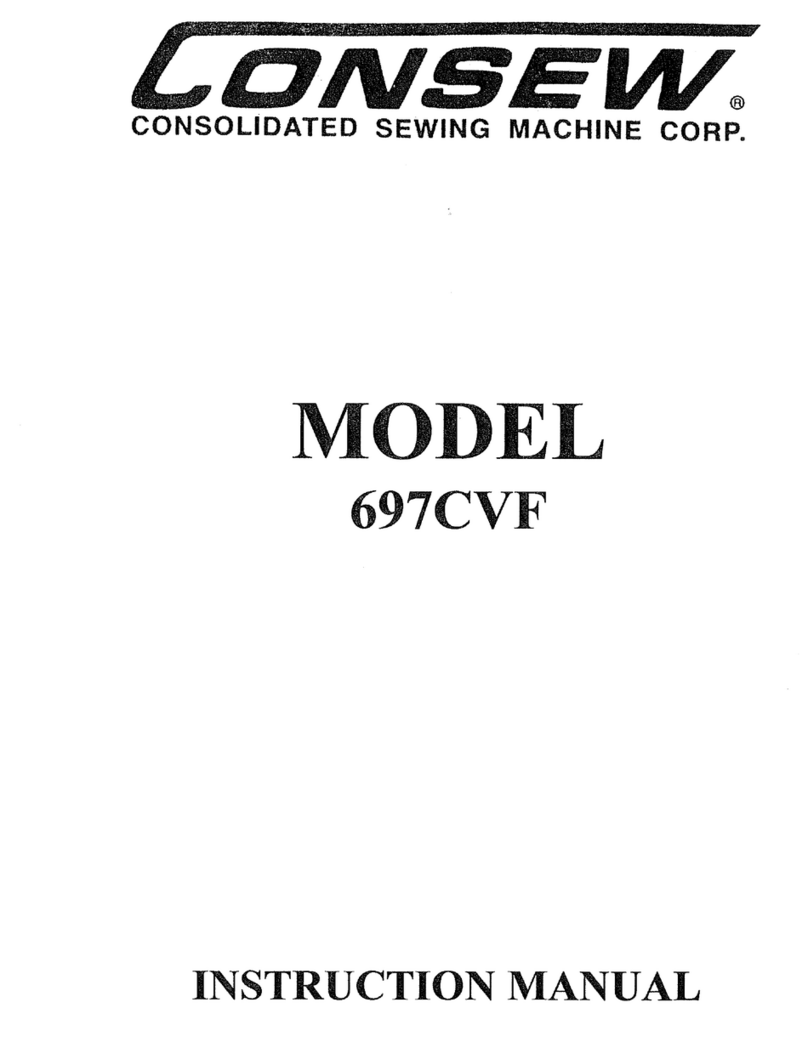
Consew
Consew 697CVF User manual
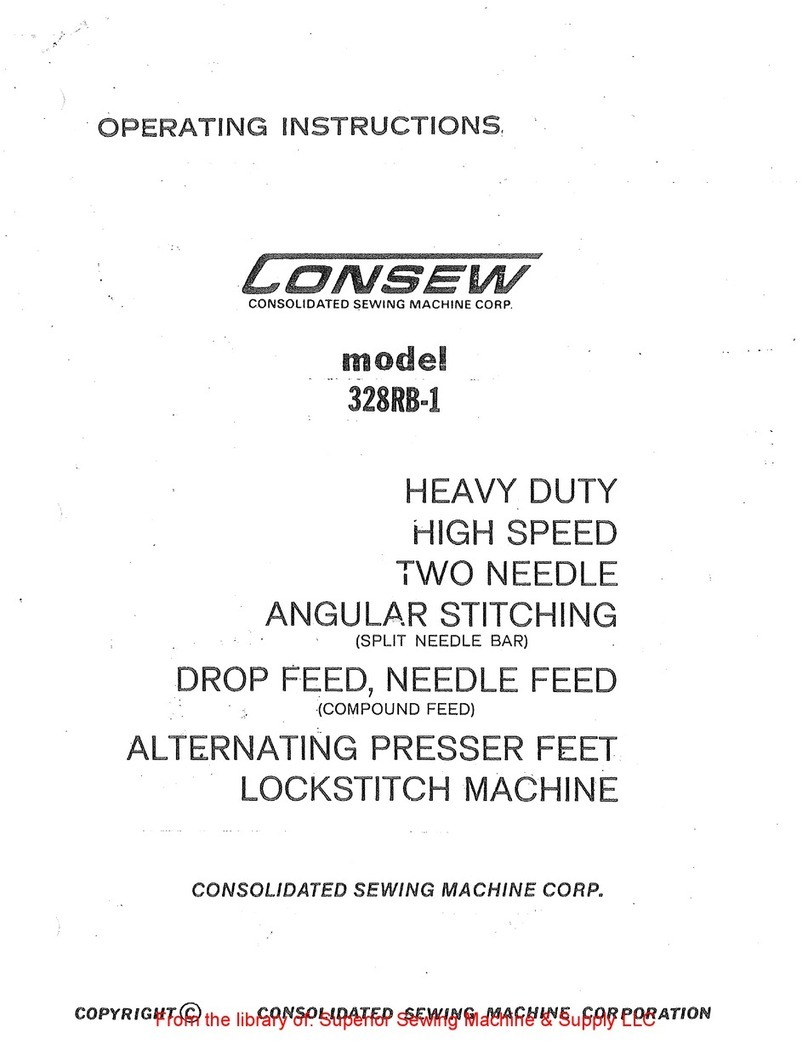
Consew
Consew 328RB-1 User manual

Consew
Consew 332 User manual
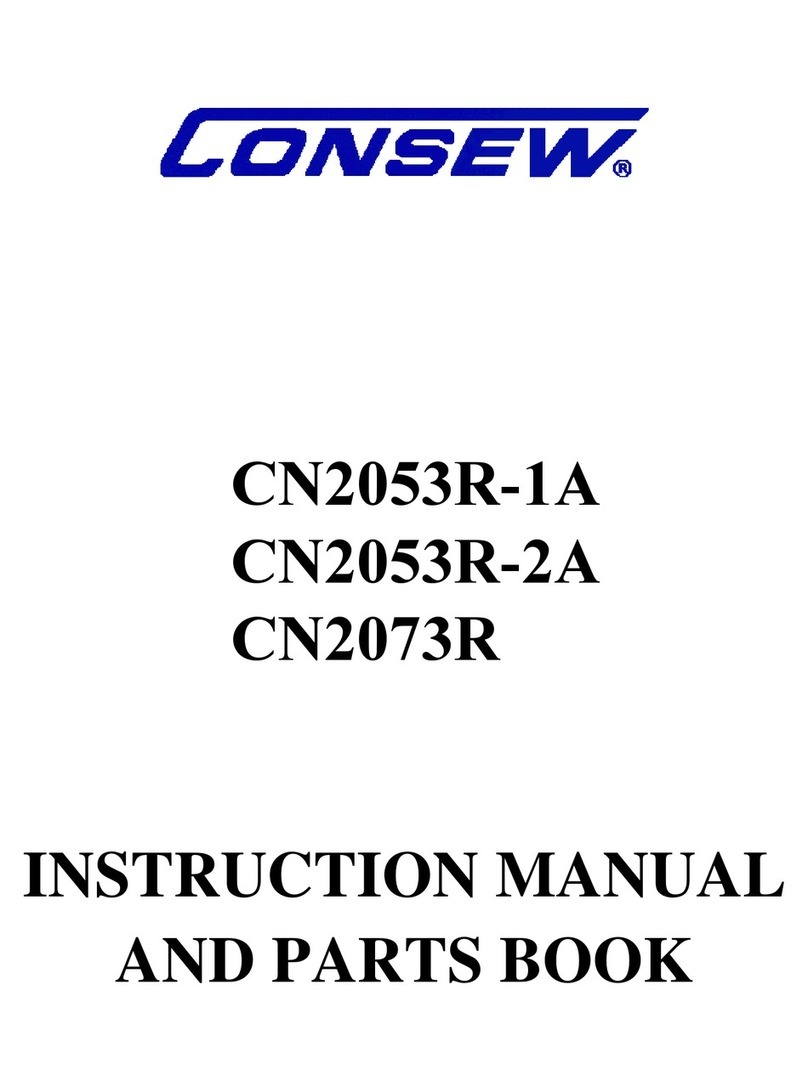
Consew
Consew CN2053R-1A User manual
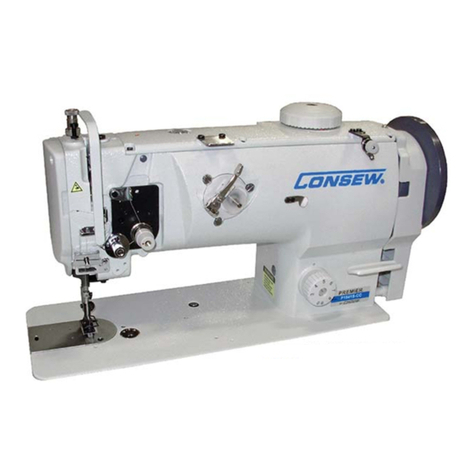
Consew
Consew P1541S-CC Technical manual
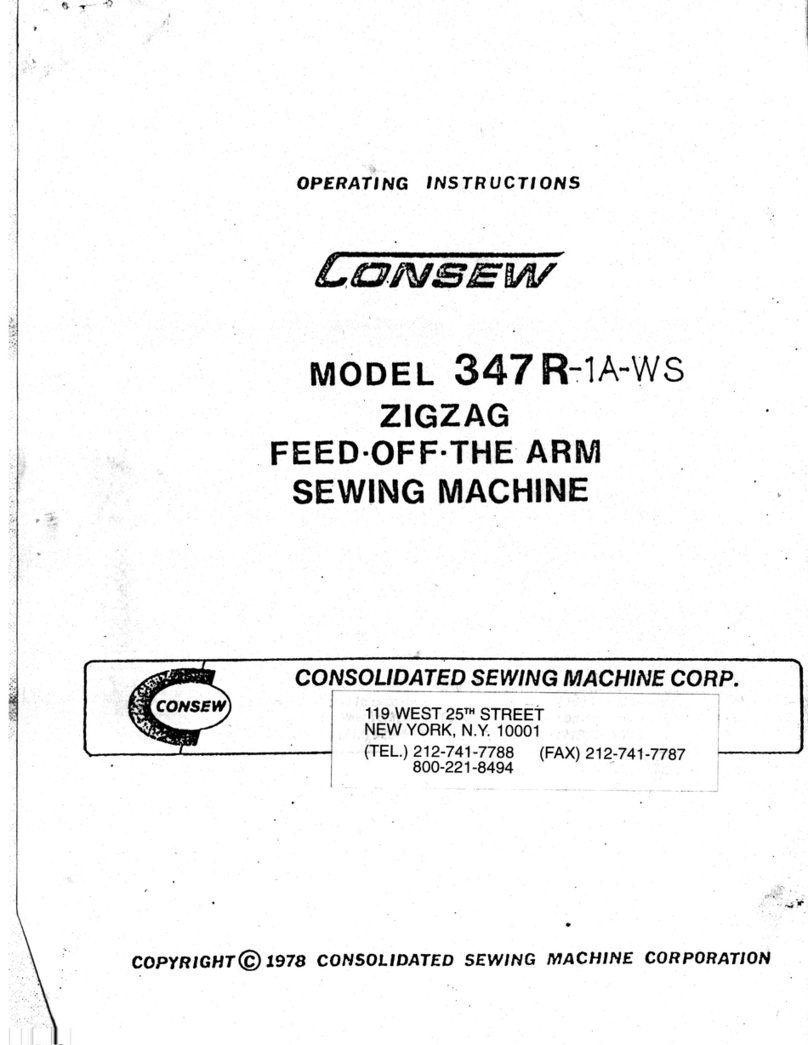
Consew
Consew 347R-1A-WS User manual

Consew
Consew 222 User manual

Consew
Consew 146RBL-1A User manual
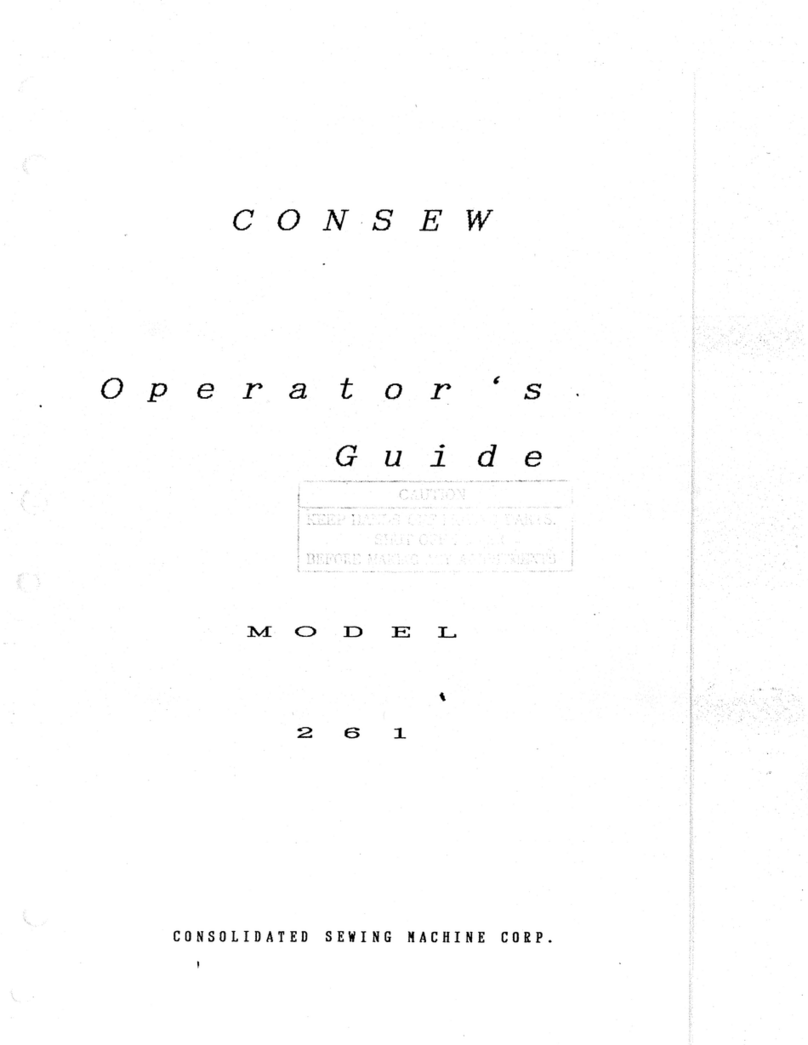
Consew
Consew 261B Manual
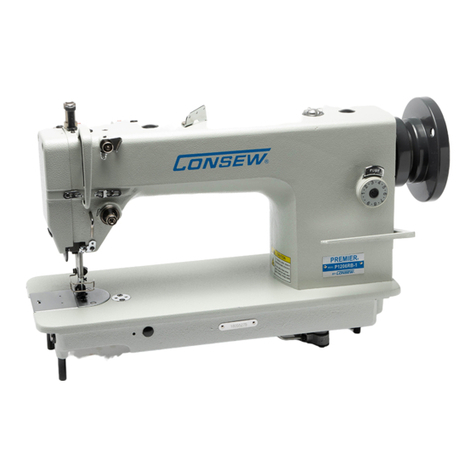
Consew
Consew P1206RB Technical manual
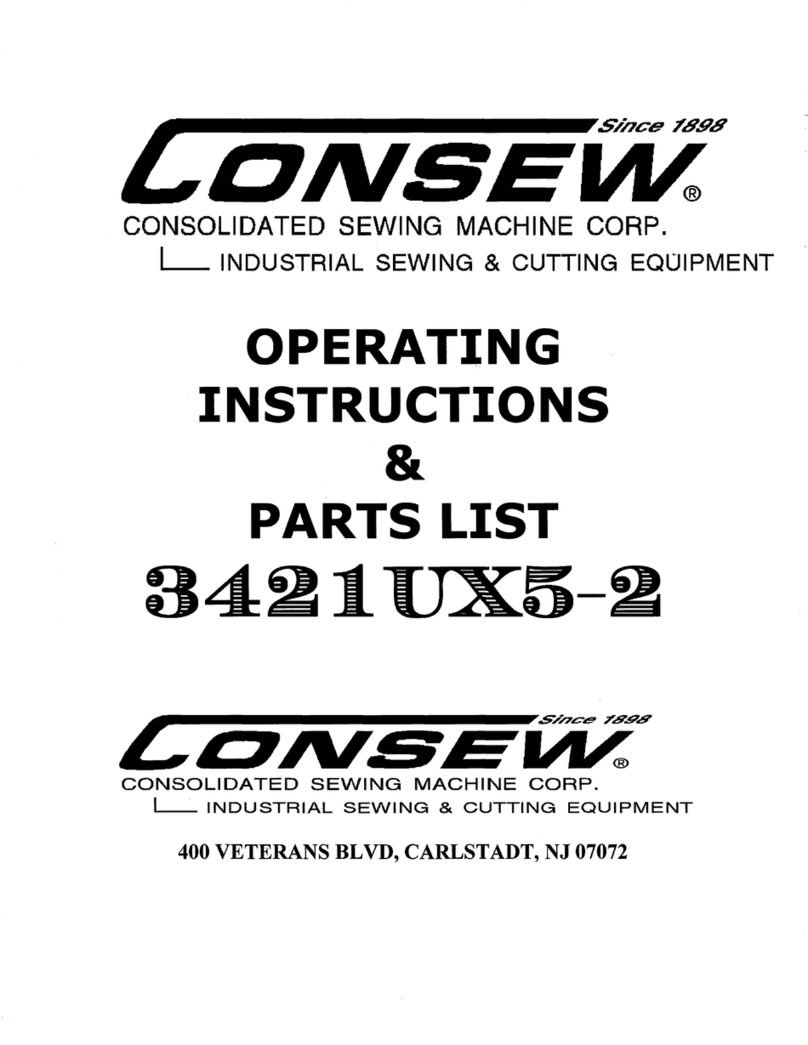
Consew
Consew 3421UX5-2 User manual

Consew
Consew 733R-5 Use and care manual

Consew
Consew 223 User manual
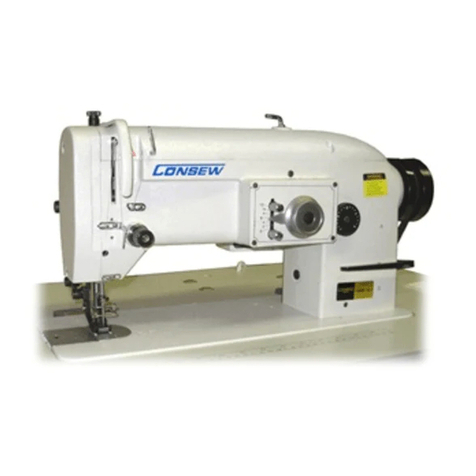
Consew
Consew 146RBL-1A User manual
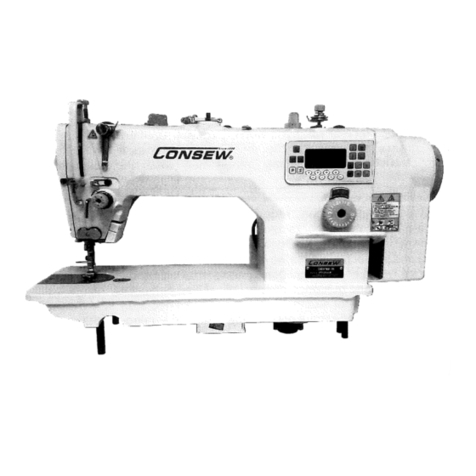
Consew
Consew 7360R-7DD Guide


